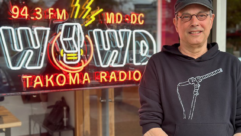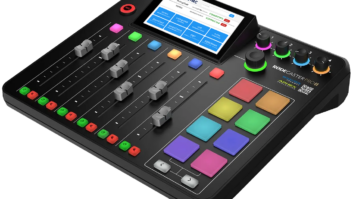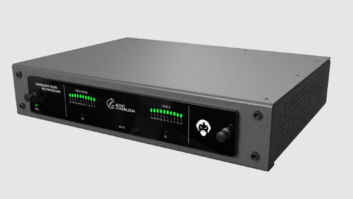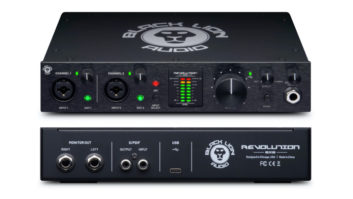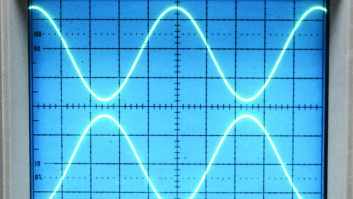Here are more of the recent letters to the editor published by Radio World. Comment on this or any article. Email [email protected].
How You Can Help NWR
I enjoyed reading Ron Schacht’s article in the Oct. 26 issue, “FEMA Believes in Radio. Is Your Station Doing Its Part?”
I started at KFRU(AM) in Columbia, Mo., in the late 1970s, and we prided ourselves on our severe weather coverage. KFRU encouraged everyone to have a NOAA Weather Radio (NWR) so they could receive alerts in the middle of the night, then tune to KFRU for lifesaving storm tracking and protective information, which was a huge ratings booster.
During my 30+ year on-air career, I worked for three stations that understood the importance of NWR and proudly hosted it on their towers, as a public service.
The National Weather Service operates 1,033 NWR transmitters that send their signals to 94% of the U.S. population in all 50 states and five U.S. territories.
The cost to run this network is $16 million per year. Increasingly, this budget is being severely affected by rising, often exorbitant tower rental rates, with approximately 40% of the yearly NWR budget consumed by tower rental alone.
This severely hinders the ability of NOAA to maintain, improve and expand its radio network.
Broadcasters: When NOAA comes looking for tower space, let them onto your tower at a rate that enforces your commitment to serve the public interest, convenience and necessity. The NOAA transmitter you host is the source of lifesaving information your station can use to super-serve your audience during times of danger.
Re-packaging and disseminating official watch and warning information affects listeners in a way that creates lifelong fans of YOUR station because you saved their lives.
On a related note, bipartisan bill H.R. 5324, the NOAA Weather Radio Modernization Act of 2021, passed the U.S. House almost unanimously and as I write it is in the Senate, awaiting approval. All broadcasters should contact their senators and ask them to pass HR-5324 before the end of this year. It directs NOAA to allocate more of its current budget to improve NWR by replacing outdated copper-wire transmitter links with more reliable microwave, IP and satellite comms, bringing this 60-year-old broadcast network into the 21st century. Thanks for helping us build a Weather-Ready Nation.
– Bruce T. Jones, Meteorologist/Spokesperson, Midland Radio Corp.
Software Has Its Limits
Lou Sabatini, Scott Todd and Archie Stulc were “spot-on” in their comments about maintaining consistent audio levels, especially when dealing with digital technology. And as always I appreciate Mark Persons’ contributions and experience.
Yes, we do have means to make small corrections “ex post facto,” but even the best software has its limits.
My introduction to digital audio recording was at a small TV station nearly 30 years ago. As an “experienced” engineer, I wondered why this device’s indicator was several dB lower than the mixer’s VU meter, so I “corrected” its gain. Big mistake!
That was my first (and only) lesson on allowing sufficient “headroom” for peaks that the board’s analog meters couldn’t display. My church’s nascent “media ministry” started with cassettes and VHS, but I soon discovered the tremendous improvement in quality when I started mastering the audio on a (now long-obsolete) Sony MiniDisc recorder (properly adjusted, of course).
Now I use rack-mounted recorders with SDHC memory-cards, and Audacity on my PC to produce some really good CDs or MP3 files for distribution.
The only thing that’s still somewhat out of my control in my churches is the participants’ mic techniques and vocal styles. I’ve had folks who shout one minute, whisper the next; walk away from their mic; neglect to turn their wireless mic on; or somehow twist its lapel clip so their mic points anywhere but up.
While Audacity has tools to fix some problems, it still can’t make filet mignon out of hamburger.
– Michael Shovan, WB2KHE, fd&t technical services
[Check Out More Letters at Radio World’s Reader’s Forum Section]




